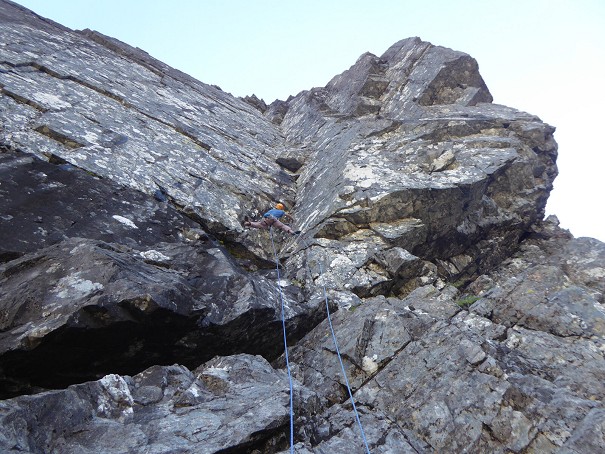
News Trad Development Scotland 2018-20: South
It's been a while since the last proper Scottish new routes round-up, so upon agreeing to do this year's Peter Herd was faced with the immense task of where to start and how to split it. As such, this will be the first of two articles, covering new routes and signficant repeats south of the Great Glen.

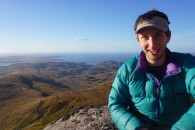

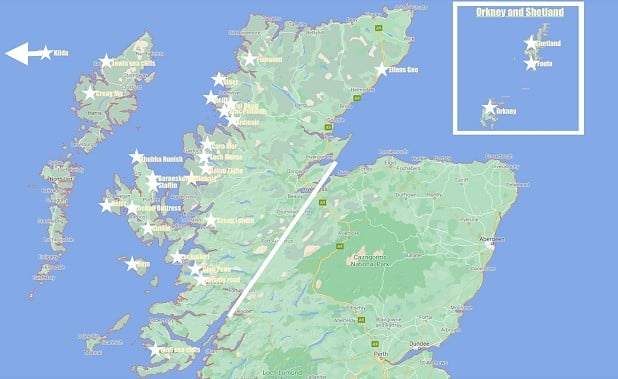
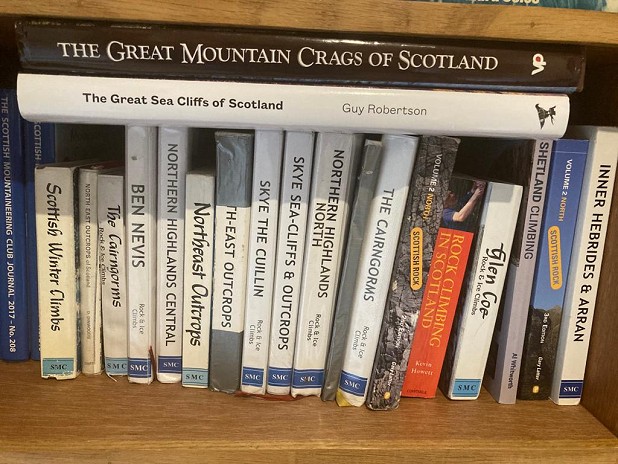
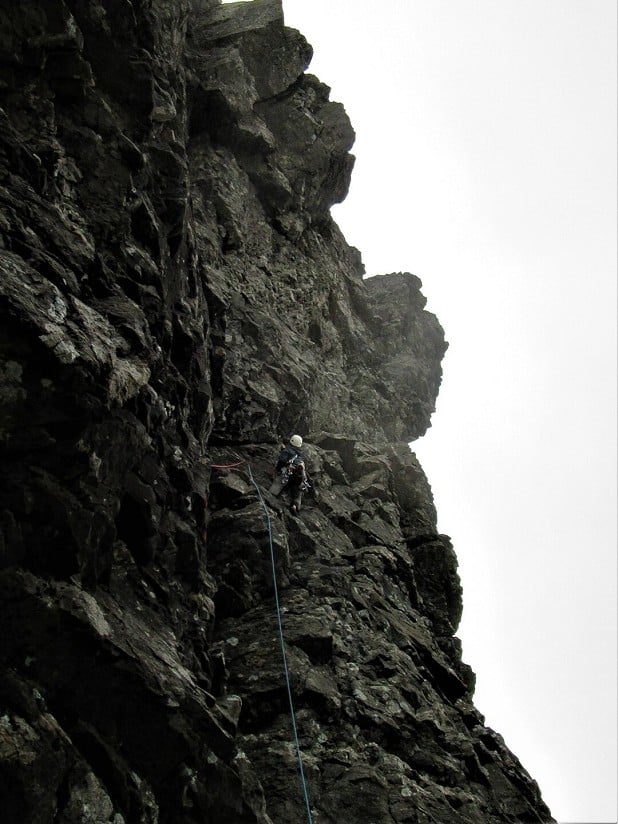
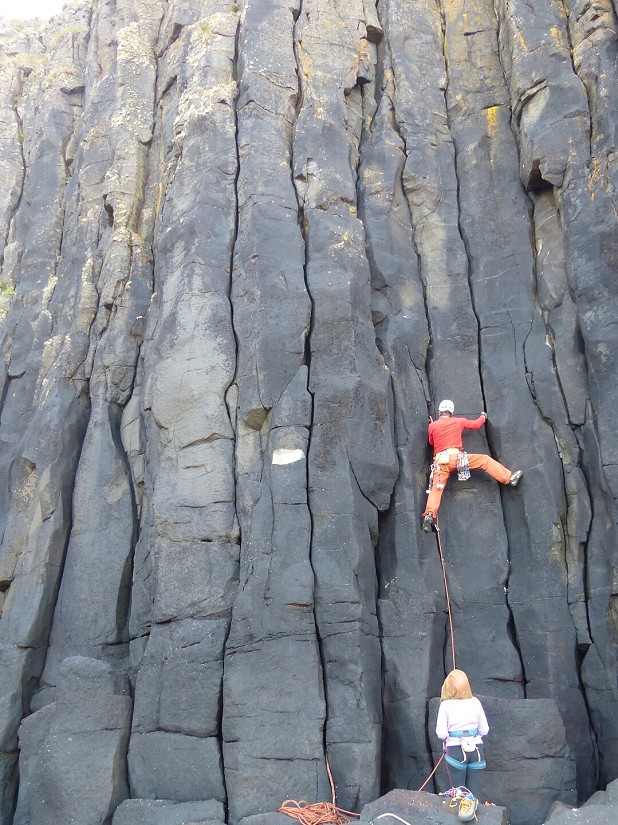
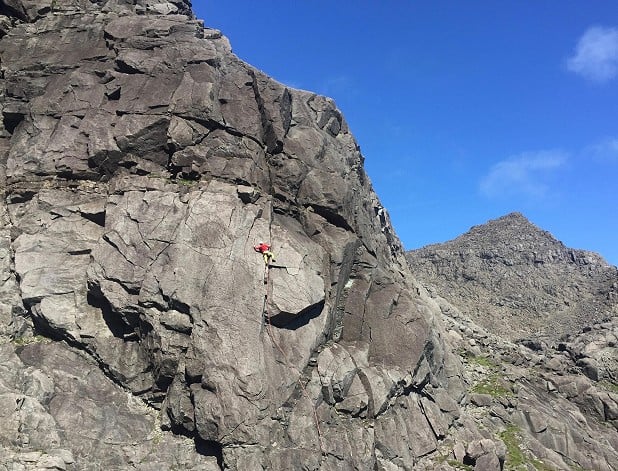
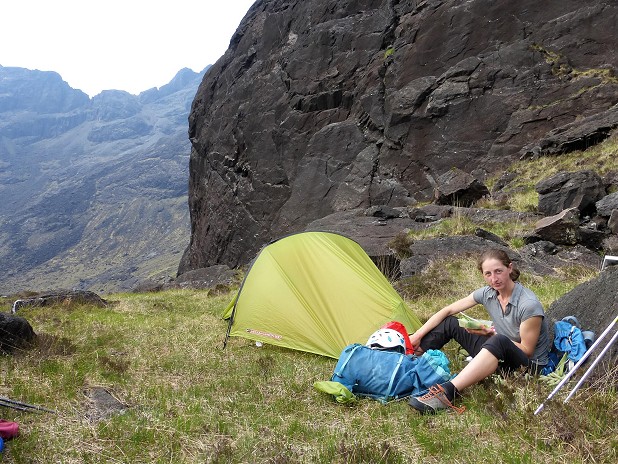
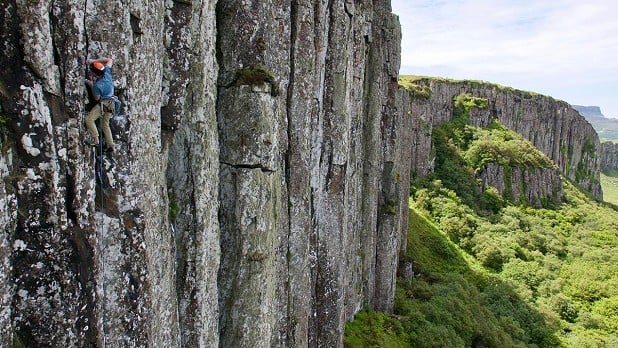
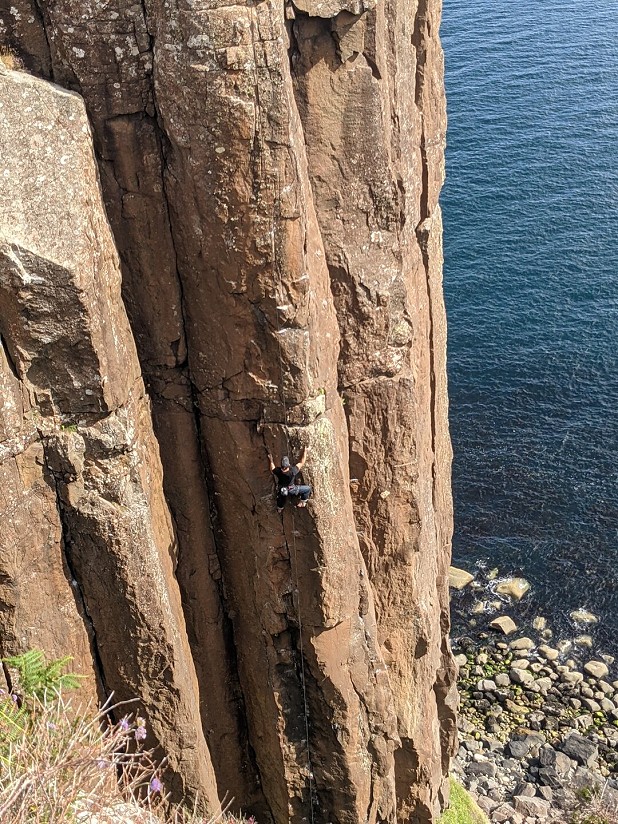
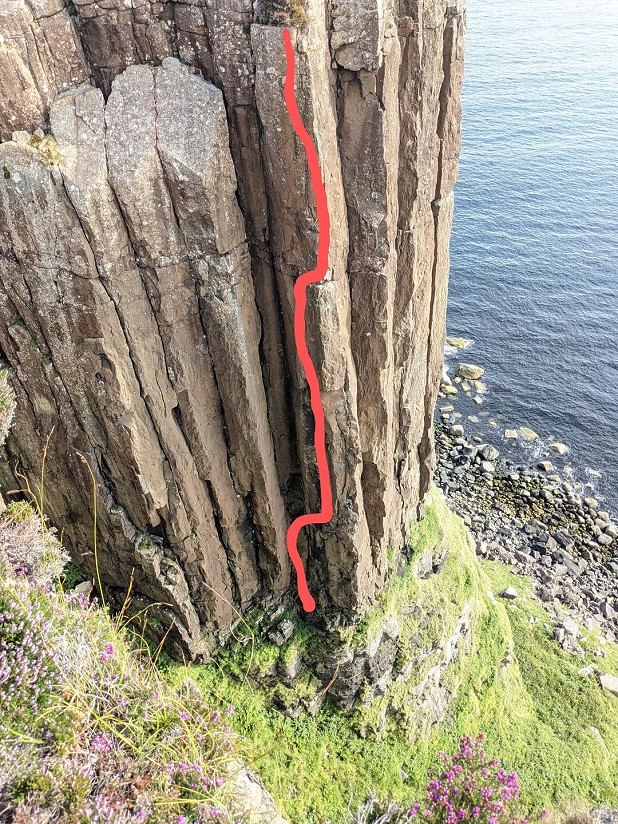

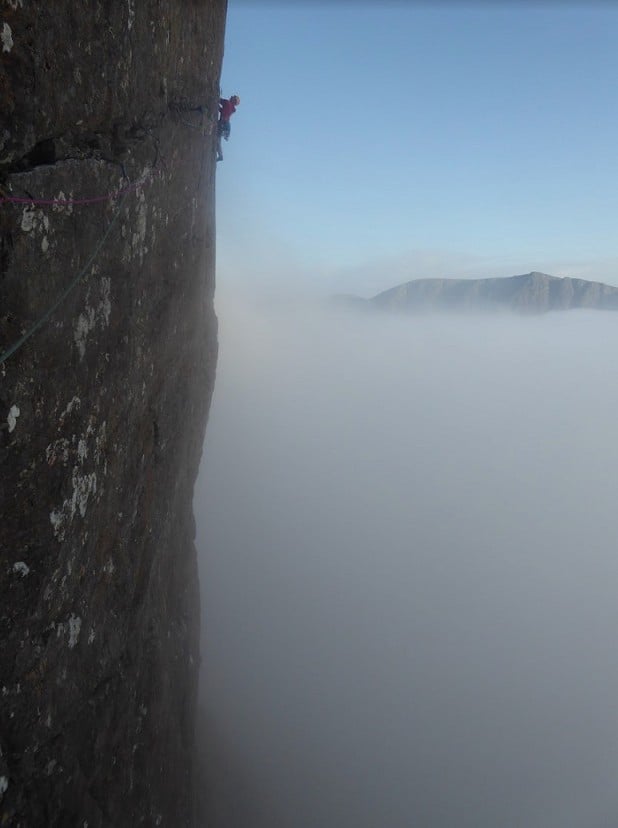
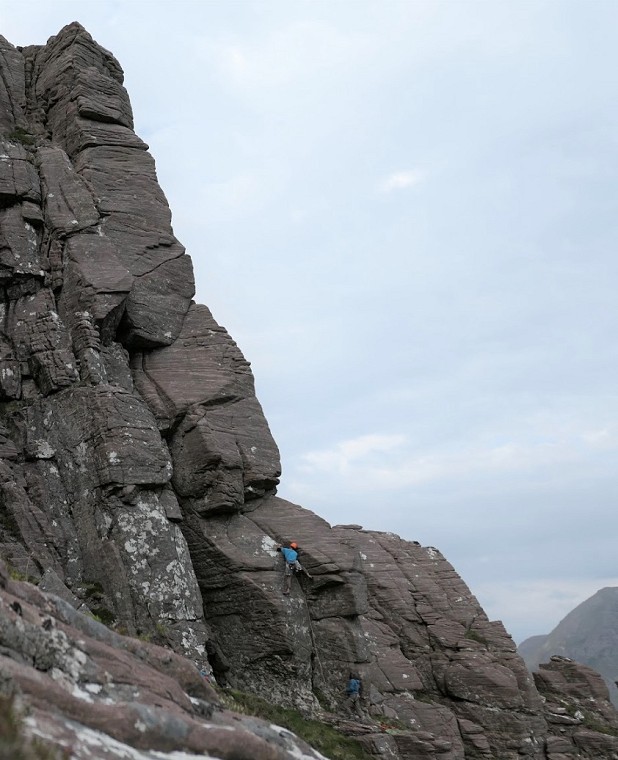

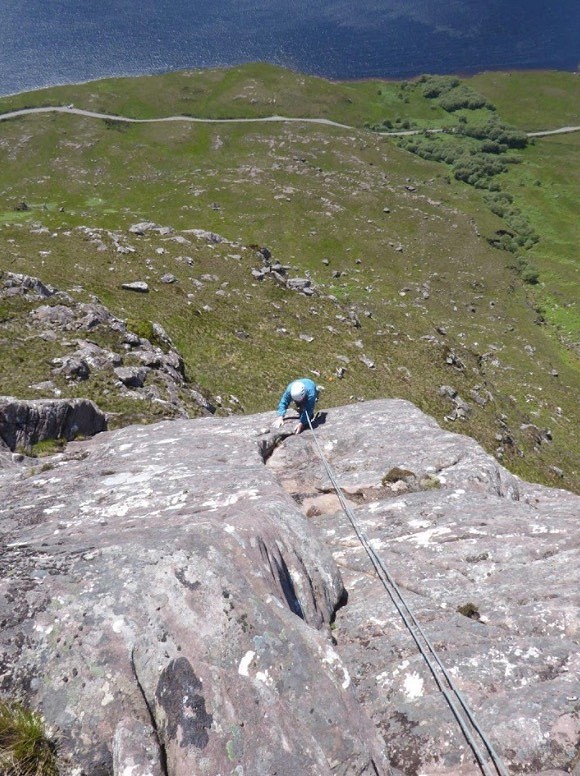
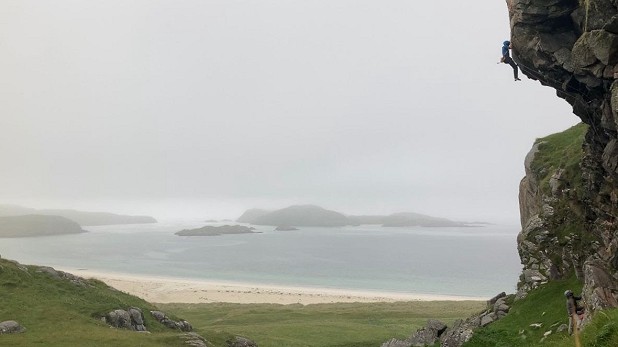


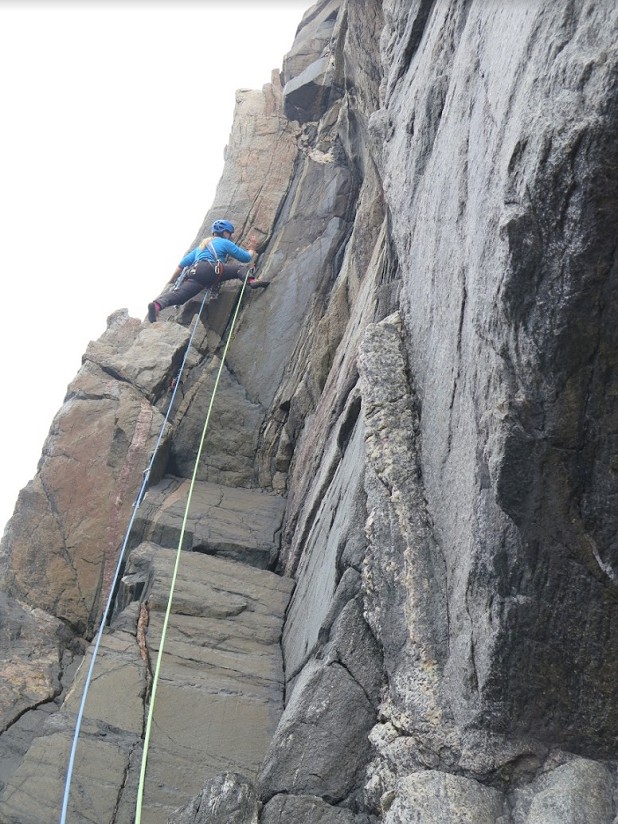
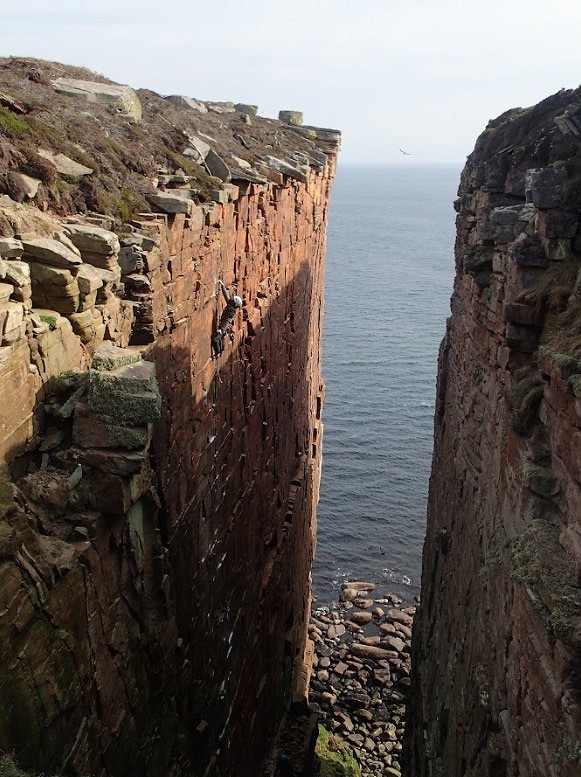
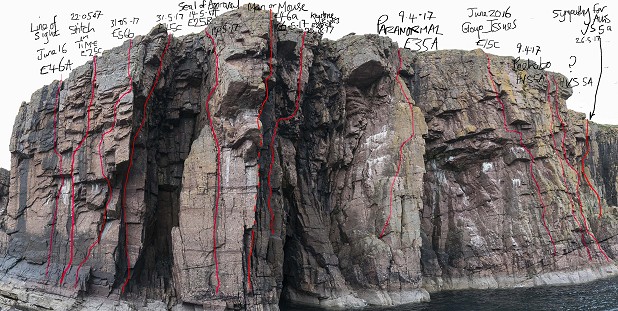
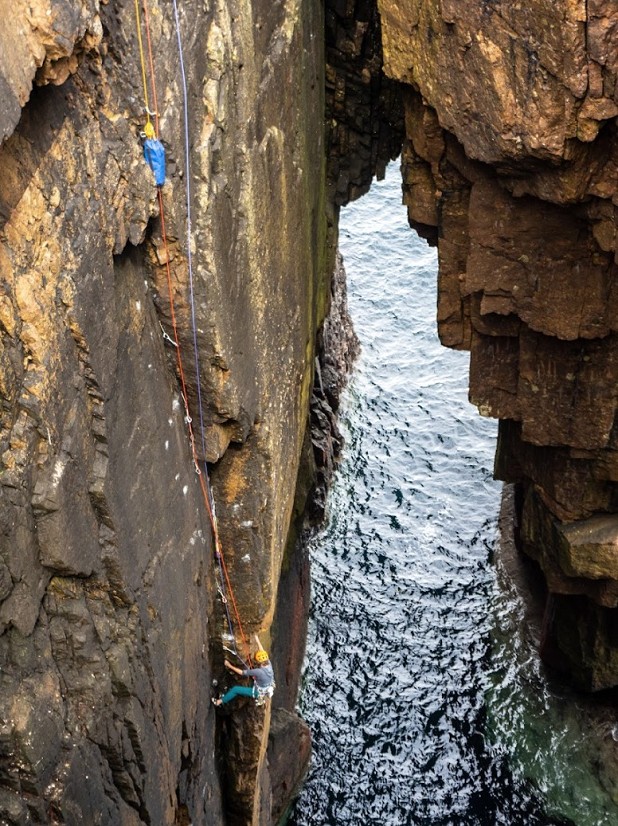



Comments
It’s not missing, Chris’s guide to Kintail is here along with a few other mini guides.
https://smcnewroutes.org.uk/mini-guides/
The photo of Ulva is actually Skye.
Thanks Mike. Never thought to look there.Just found its on this site too: https://www.ochils.com/extras/forms-documents/climbing-mini-guides/craig-lundie-rock-climbing-guide-2020 . Chris had linked me at some stage so i'm really to blame for losing it. Someone will get a link added to the article and perhaps to the UKC page too.
Thanks Colin. Your pics didn't have attached captions so I guessed Ulva rather than Bornesketaig. Looked too clean/veg free to be East Skye. Now I recall these routes are down by the water.
Pete
Nice round up - good work!
Hey pete nice write up. That month in Skye with the crew is one of my most fond memories. Cant wait to return and get more involved! Fate has shown me another way however I am sure I will return for many more stints up there in the future!